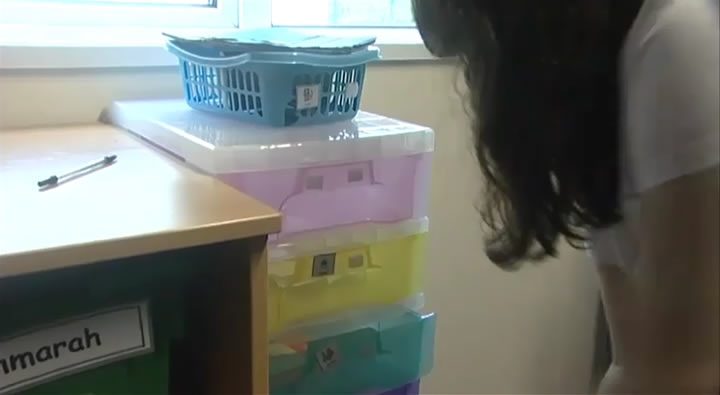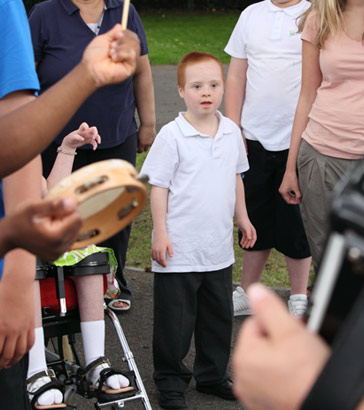
Most people find change difficult. Whether starting a new job, moving house or splitting from a long term partner, change is part and parcel of the cycle of life.
However, for some children with complex needs, especially those with autistic spectrum conditions, change can be overwhelming, causing them stress and anxiety.
Listen to this video in which Gavin, a senior teacher, explains how staff introduce structure for children with severe autistic spectrum conditions.
How is structure and predictability introduced for these children?
Answers
Structure and predictability is introduced by:
- The physical environment is structured. Pupils know where to sit and where to hang their coats
- Visual time tables remind children about what they are doing now and what they will do next
- Work is very carefully structured in to small steps that children can work through one at a time.
Return
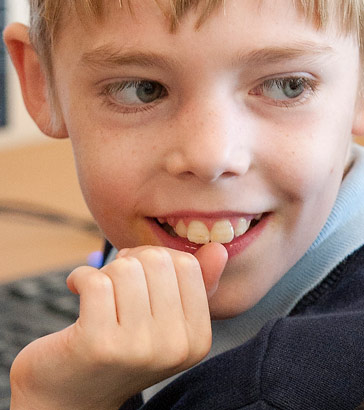
In order to support the emotional well-being of pupils who find change difficult, it is important to establish a whole school system which enables them to move smoothly through the school day and maximises their ability to learn.
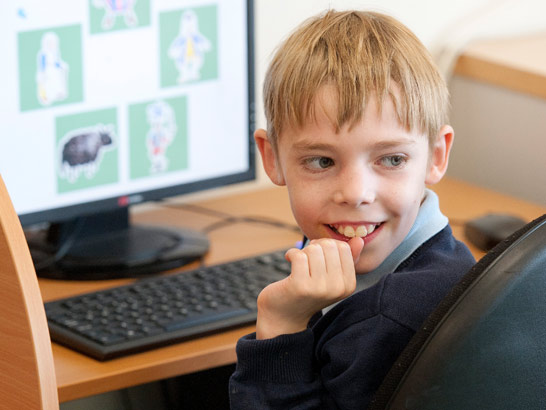
This should always begin by identifying key changes, particularly:
- Beginnings
- Endings, and
- Other transitions.
change? (1)
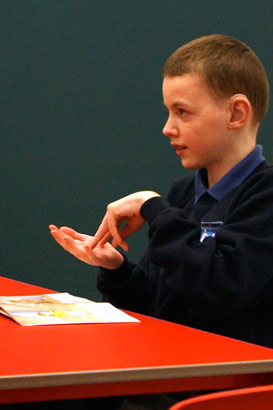
The school day should:
- be structured and predictable so that children feel safe, and
- consist of identifiable 'units' with a clearly defined beginning, an accessible activity and a distinct end that cues pupils into what is happening next.
All movement from 'unit' to 'unit' should be:
- communicated clearly through classroom and school routines, and
- cued by speech, gesture, objects of reference, visual timetables, symbols, sign, music, etc.

- Pupils should be prepared for unexpected changes to the 'unit' structure as soon as possible, using methods that are clear and meaningful to them, to reduce their stress levels.
- Staff teams should work together to ensure the smooth running of the classroom, offering a safe, secure and predictable environment that maximises access to learning.
Staff should:
- Offer physical and emotional support using single words or short phrases as 'cues' and 'anchors' to keep children focused
- Manage movement and transitions within, around and between spaces
- Use a calm voice with limited language that reassures rather than excites
- Offer a 'get out with dignity card' that does not undermine a pupil's sense of control in a challenging situation, e.g. by offering a choice of two options to complete the same activity
- Establish and maintain positive relationships in day-to-day interactions to build trust
- Be consistent to ensure that pupils' behaviour and emotional responses are nurtured, and
- Make pupils feel safe, secure and supported. This will enable pupils to learn to manage their own behaviour, make progress and embrace change.
